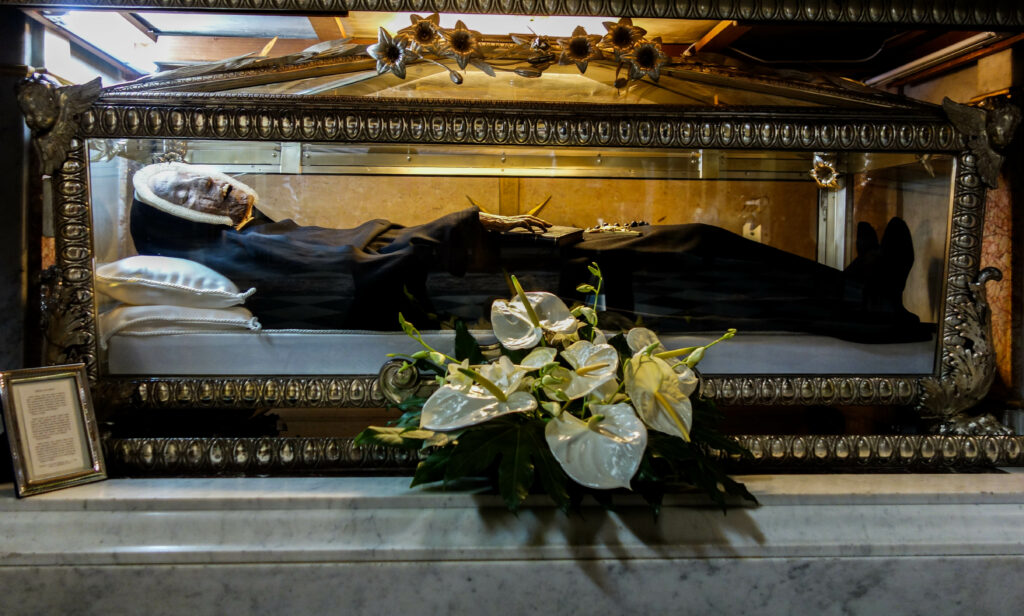For hundreds of years, the Vatican has been trafficking in the body parts of corpses, raising funds with the nearly endless sales of the remnants of supposed saints. Those body parts harvested not for auction in the Romish church, instead have been put on display (and occasionally on tour) with indulgences handed out for visiting the ghastly remains. After centuries of peddling body parts on the religious black market, the Vatican is trying to reign in the trafficking of Saint’s body parts.
The “saint making office” in the Vatican – the Congregation for the Causes of Saints – has changed its guidelines for procuring the body parts for future saint worship. In other words, the process of hacking off body parts of corpses that are presumed to one day be beatified by the Vatican is changing.
Until the recent rule change, the corpse of a presumed saint was fair game for whatever Popish cathedral it was interred to procur and sell whatever part of the body it wanted. However, recent controversies have exposed the trafficking of these body parts. Last year, a bone of a saint was put up for bid on ebay and raised more than $3,500. In fact, there is an entire Ebay category devoted to relics of the saints, and you can buy the body parts of the deceased at this very moment (click here to see). These body parts come with certificates of authenticity from the church, verifying their realness.
However, the trade in body parts has entered the public view and the Vatican now seeks to change their practices. Chiefly, changes in rules include:
1. A requirement that a certificate of authenticity be given by the Roman Church. This will help keep the prices of relics high.
2. A requirement that the family of the deceased approve of the finger-chopping and hair cutting.
3. A requirement that bishops approve of the removal of body parts.
4. A requirement that the procurement of relics be kept secret. This means that the certificates of authenticity cannot be verified by anyone but the Roman Church.
The Vatican News reports the changes:
The introduction to the [rule change] also explains that relics in the Church have always received particular veneration and attention, because the bodies of Saints and Blessed of the Church, destined for resurrection, were on Earth the living temple of the Holy Spirit and the instruments of their sanctity, recognized by the Apostolic See through beatification and canonization. The Instruction’s introduction also stresses that relics of the Saints and Blessed of the Church may not be exposed for veneration by the faithful without an appropriate certificate from ecclesiastical authority that guarantees their authenticity.
The rule changes are probably provoked by a controversy in the United States over the remains of presumed future saint, Archbishop Fulton Sheen. The dioceses in New York and Peoria have been fighting over the corpse. His body is at St. Patrick’s Cathedral, but Cardinal Dolan won’t release his remains to his niece in Peoria, where he was raised. The diocese in Peoria has started the process to make Sheen a saint, and that process includes the procurement of his body parts for future worship, sale and trade. The two diocese are in gridlock over who gets the body (which is worth its weight in gold on the idol market).












